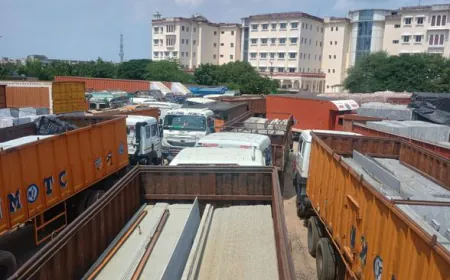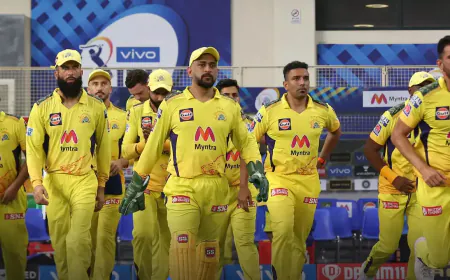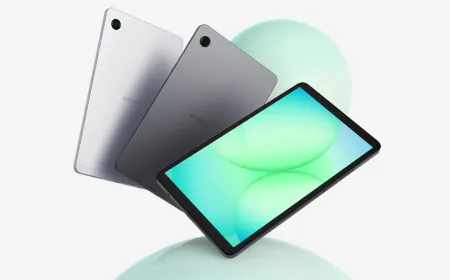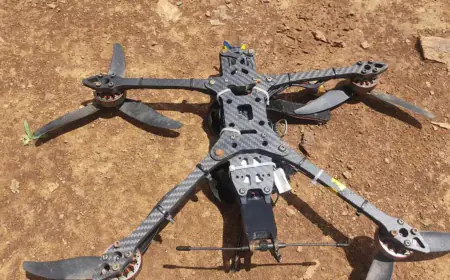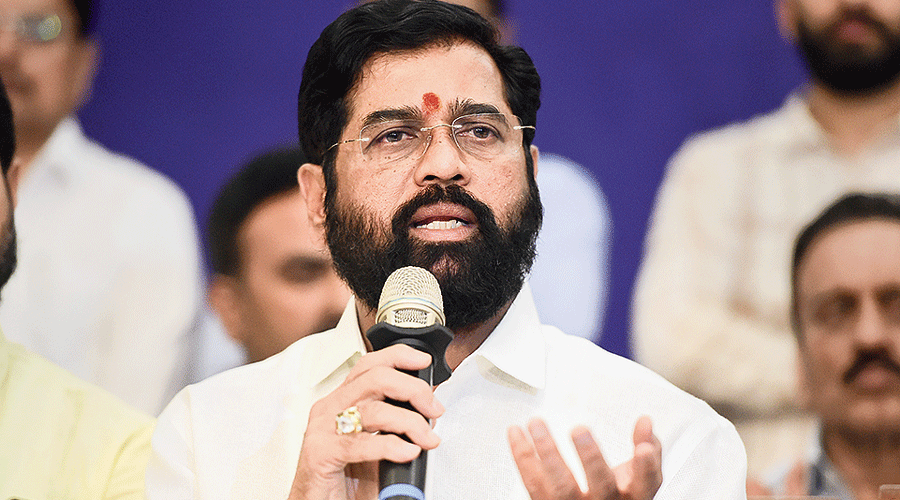India's long leap in space with the Spedex mission, know how ISRO will dock two satellites in space
ISRO: The task of connecting two satellites is so challenging that two satellites orbiting ten times faster than a bullet will be stopped first and docked on the spacecraft and then both will be joined and released again in the Earth's orbit.
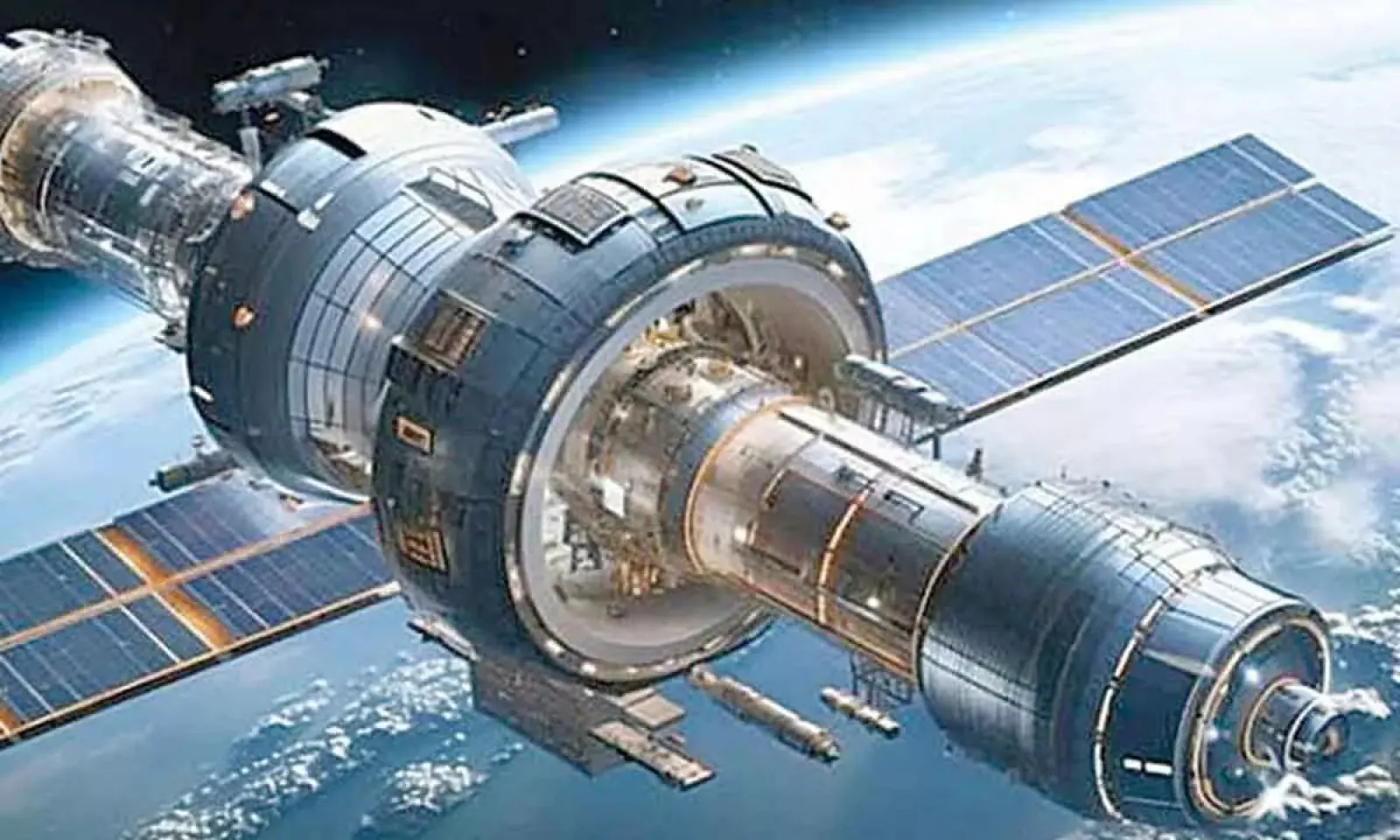
Indian Space Research Organization (ISRO) is preparing to achieve another major achievement in the field of space. Actually, ISRO will do the work of connecting two satellites in space and this task is so challenging that two satellites orbiting ten times faster than a bullet will be stopped first and docked on the spacecraft and then both will be joined and released again in the Earth's orbit. ISRO has named this mission Spedex and it will be launched on December 30.
Under the mission, ISRO's PSLV rocket will carry two specially designed satellites, each weighing around 220 kg. These satellites will be docked and undocked 470 kilometers above the Earth. So far only Russia, the US, and China have mastered this complex technology and no country has shared the intricacies of this mission. Now India is preparing to achieve this feat on its own.
ISRO said it would be using the 'Indian Docking System, a space docking mechanism that has been designed in compliance with IDSS developed by NASA. Both satellites would be traveling at some 28,800 kilometers an hour or about 36 times the speed of an average commercial airplane or ten times faster than the speed of a bullet. The relative speed of the satellites, with the help of a specially designed rocket and a set of sensors, will be slowed down to almost zero or about 0.036 kilometers per hour or 10 millimeters per second and then they will be joined together. Incidentally, ISRO has already taken a patent on the Indian docking mechanism.
ISRO chief S Somanath said, "Docking the satellites sounds easy, but doing it autonomously is a huge challenge as it involves complex physics. As both satellites have to stay in orbit-most importantly, they should not collide with each other. If India has to send Chandrayaan-4, build a space station, and then send an Indian to the moon, it is essential to master this docking". The Spadex mission was conceptualized and designed by scientists at ISRO, but the final assembly, integration, and testing of the satellite were done at a company called Anant Technologies. It is a Bengaluru-based space technology company started in 1992 by Dr. Subba Rao Pavuluri, a former employee of ISRO.
For Latest News update Subscribe to Sangri Today's Broadcast channels on Google News | Telegram | WhatsApp
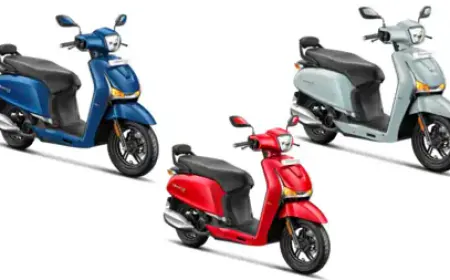



































.jpeg)










































